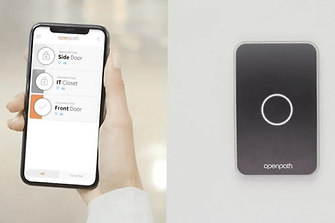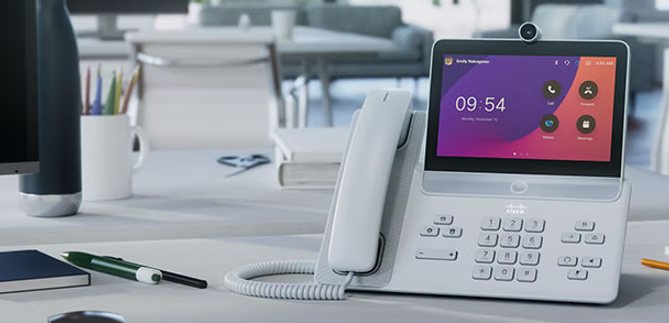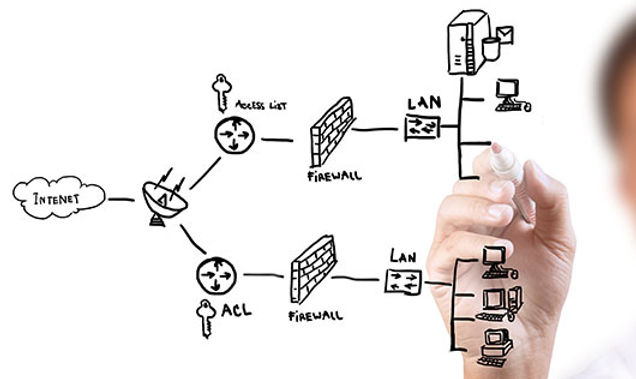
1. Set up electronic access control.
Instead of opening and closing entryways, set up an electronic system for access control. An electronic system lets you schedule when you lock and unlock doors and gates. It also lets you determine who can enter and when. You can issue authorized entrants either electronic access cards or fobs or give out mobile phone credentials that must be authenticated before entry. You also can program the access control system, so that someone who “finds” those credentials can’t use them to enter.
2. Install video doorbells.
Video doorbells connected to access-controlled doors and rolling gates are state-of-the-art technology for business security now. They can enable you to monitor, allow, and redirect visitor traffic around your business without the need for reception or guards covering every door and gate 24X7 but with the same benefit. The doorbells greet the person arriving and record them close up on both audio and video before allowing entry. They can help deter unwanted visits and reduce your labor costs.
3. Upgrade your security camera system.
Improving your security camera system can increase your visibility and make video retrieval easier, among other benefits. You may not need to replace your existing camera system to see gains. Sometimes, replacing just a few key cameras in select locations can significantly boost business security. The latest camera technology features built-in analytics, remote viewing, and searchability features.
4. Link your security systems to the Internet and cell phones.
Linking your security systems to the Internet and cellphones may seem obvious if you already have those links for your home. However, many companies operate with outdated and disconnected systems. Linking them to remote devices can boost security and cut response times when you are off-premises.




